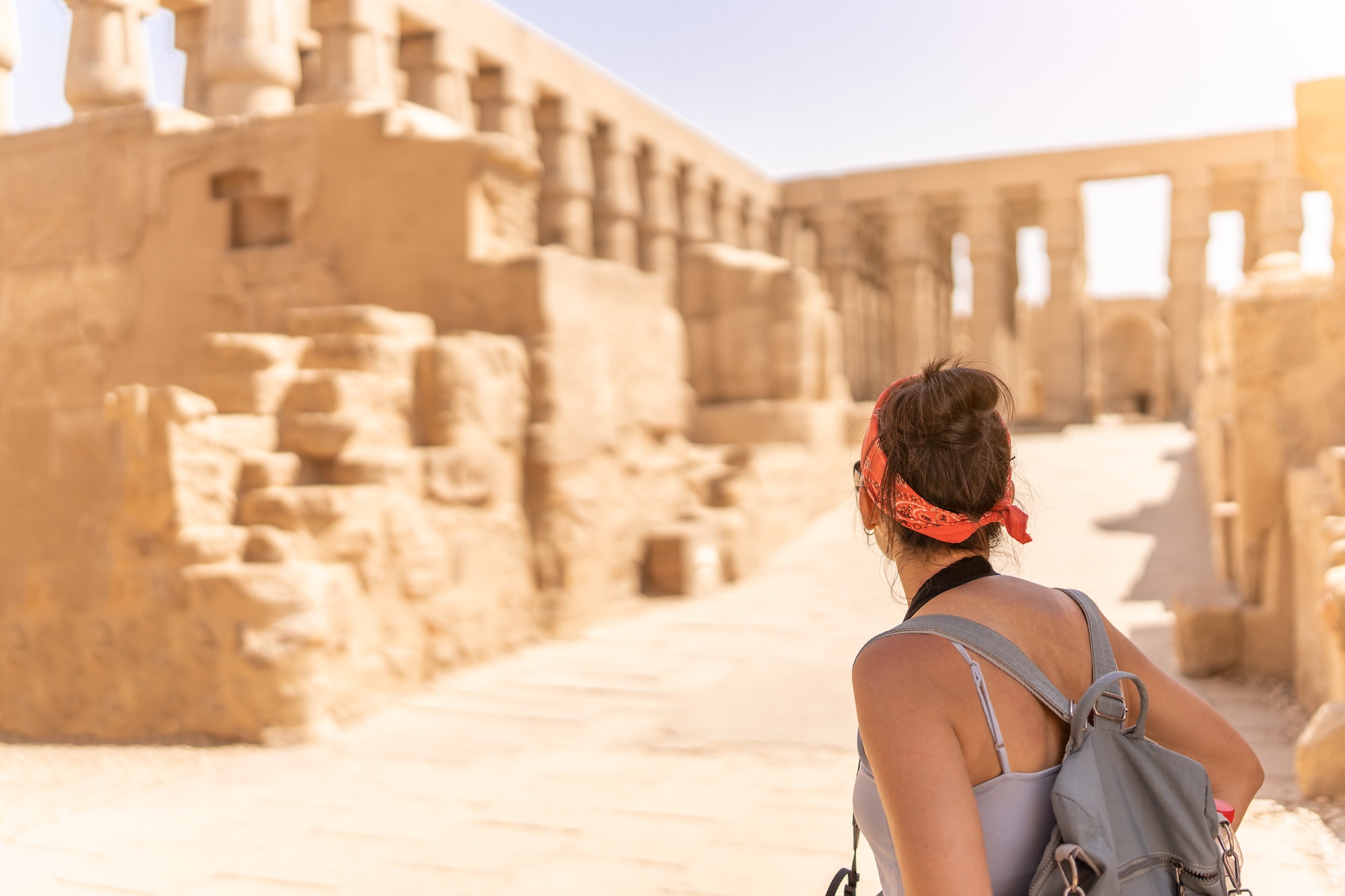The Temple of Luxor is an ancient Egyptian temple located on the east bank of the Nile River in the city of Luxor, which was once known as Thebes. The temple was built over the course of several centuries, beginning in the 14th century BCE during the reign of Amenhotep III and ending in the 2nd century CE under the Roman Emperor Caracalla.
The temple is dedicated to the god Amun, his consort Mut, and their son Khonsu. It was constructed as a place of worship and a site for festivals, particularly the annual Opet Festival, which celebrated the union of Amun and his consort.

One of the most impressive features of the Temple of Luxor is the Great Hypostyle Hall, which was built by Ramesses II in the 13th century BCE. The hall measures 52 by 104 meters and contains 134 columns, some of which are 23 meters tall. The columns are intricately carved with hieroglyphics, scenes from battles, and depictions of gods and goddesses.
Another noteworthy feature of the temple is the Avenue of Sphinxes, which once linked the Temple of Luxor with the Temple of Karnak, located several kilometers to the north. The avenue was lined with hundreds of sphinxes, each with the head of a ram and the body of a lion.
Over the centuries, the Temple of Luxor fell into disrepair and was buried under sand and debris. It wasn’t until the 19th century that excavations began and the temple was slowly unearthed. Today, visitors can explore the temple and marvel at its impressive architecture and intricate carvings.
The Temple of Luxor is not only a testament to the skill and ingenuity of ancient Egyptian architects and builders, but it also provides a glimpse into the religious beliefs and practices of this ancient civilization. If you ever find yourself in Luxor, a visit to the Temple of Luxor is a must-see attraction.

0 Comment